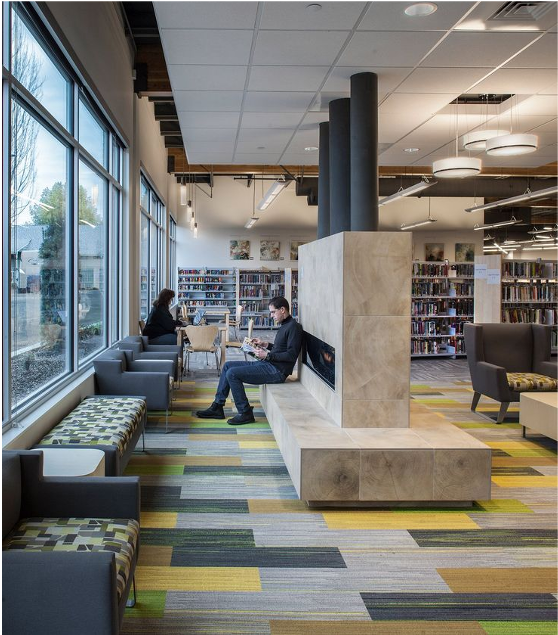What is a 21st Century Library?
A 21st-century library is a modern learning hub that goes beyond simply being a repository of books. It's a space that fosters active learning, collaboration, and innovation, utilizing digital tools and engaging staff to meet the evolving needs of diverse users. Libraries are also transforming their physical spaces into welcoming, flexible environments that encourage exploration, creation, and community engagement.
Couer d’Alene Library Childrens Computers
Here's a more detailed look at the characteristics of a 21st-century library:
1. Shift from "Book Warehouse" to Learning Hub:
Active Learning:
21st-century libraries emphasize active learning experiences, moving away from passive reading and towards interactive workshops, collaborative projects, and research-based learning.
Collaborative Spaces:
Libraries are incorporating flexible spaces that can accommodate group work, workshops, and community gatherings, fostering collaboration and idea exchange.
Digital Resources and Tools:
Libraries offer access to a wide range of digital resources, including e-books, online databases, and digital tools for learning and creation.
Digital Literacy and Training:
Librarians play a crucial role in providing digital literacy training, helping users navigate online resources and develop essential digital skills.
Camden Public Library
2. Transforming Physical Spaces:
Flexible and Adaptable Design:
Library spaces are designed to be flexible and adaptable, allowing them to be reconfigured for different activities and user groups.
Open Floor Plans:
Many 21st-century libraries feature open floor plans that encourage interaction and collaboration.
Community Gathering Spaces:
Libraries are increasingly incorporating spaces for community gatherings, events, and workshops, making them vibrant hubs for the local community.
Chapel Hill Library
3. Expanding Roles and Responsibilities:
Information Advocacy and Education:
Librarians act as information advocates, helping users find and evaluate reliable information, and providing educational resources on a wide range of topics.
Community Engagement and Outreach:
Libraries are actively engaging with the community through outreach programs, events, and partnerships, building relationships and addressing local needs.
Creative and Maker Spaces:
Many libraries now offer maker spaces, coding labs, and other creative spaces where users can explore their creativity and develop new skills.
4. Key Features of a 21st-Century Library:
Welcoming and Inclusive:
Libraries strive to create welcoming and inclusive environments that cater to the diverse needs and interests of all users.
Community-Focused:
Libraries are deeply integrated into their communities, serving as vital resources and hubs for learning, discovery, and engagement.
Adaptable and Future-Oriented:
21st-century libraries are constantly evolving to meet the changing needs of their users and communities, embracing new technologies and approaches to learning.
Written content is AI generated.



